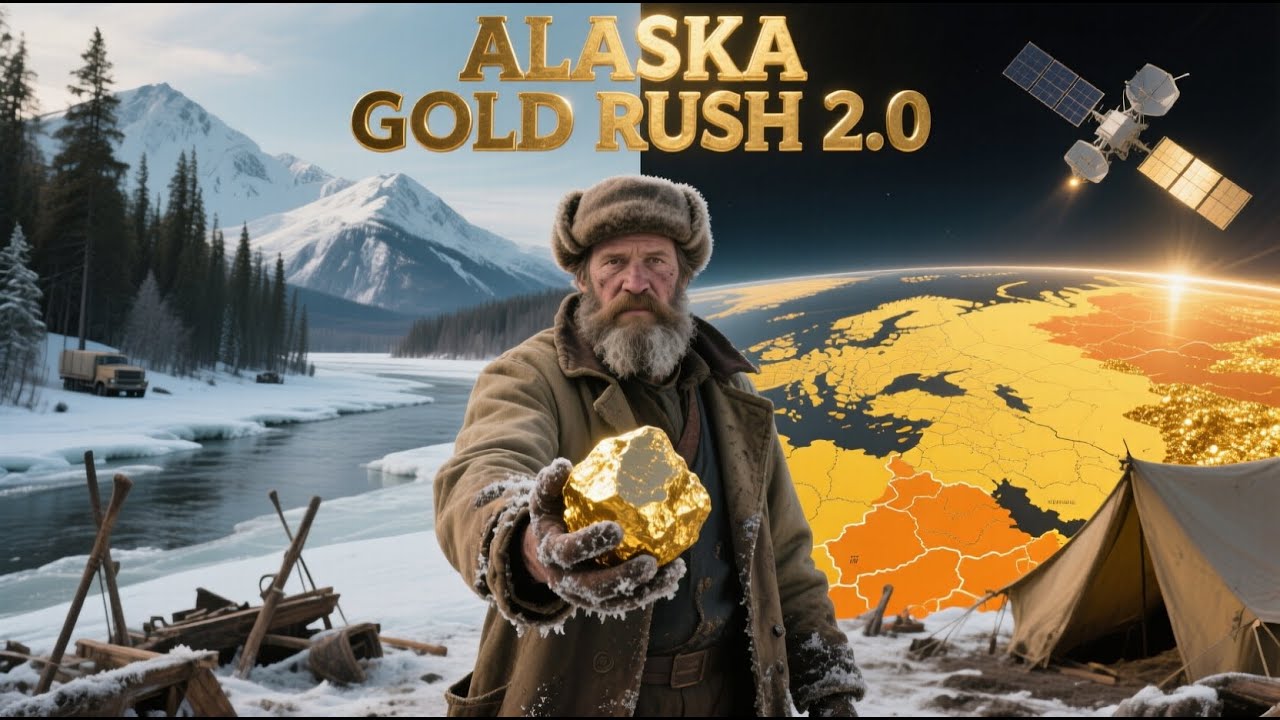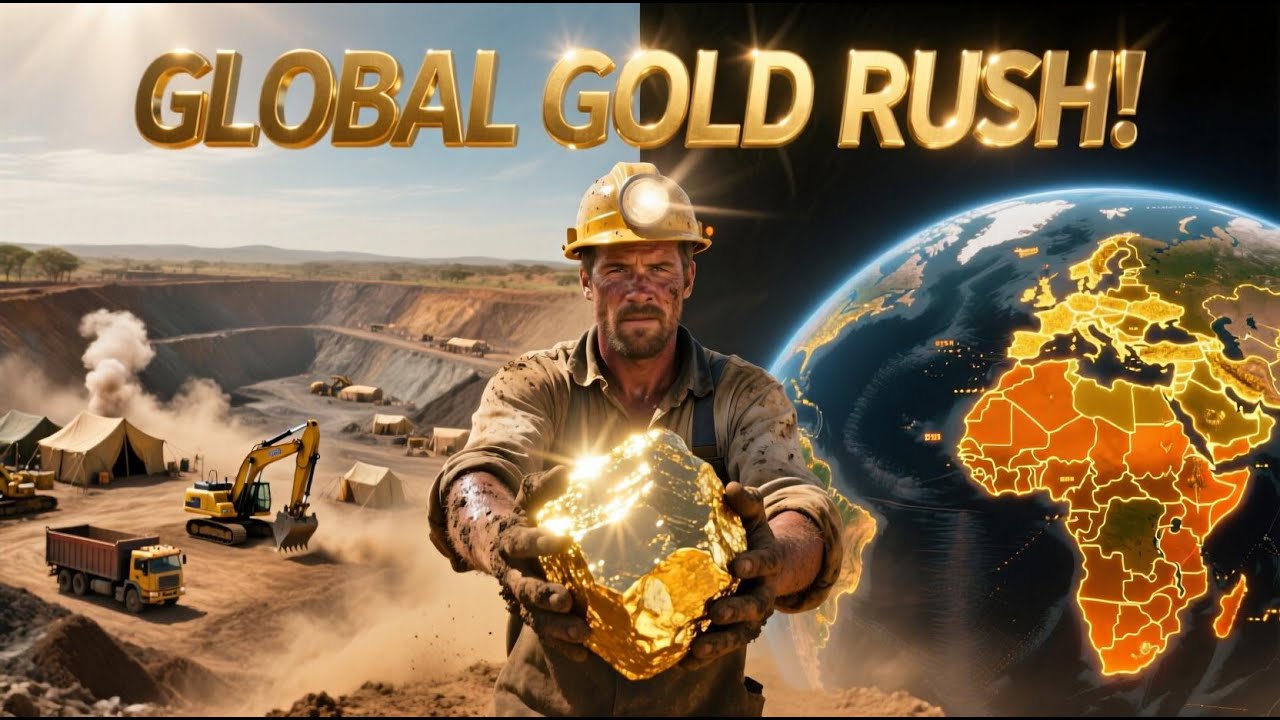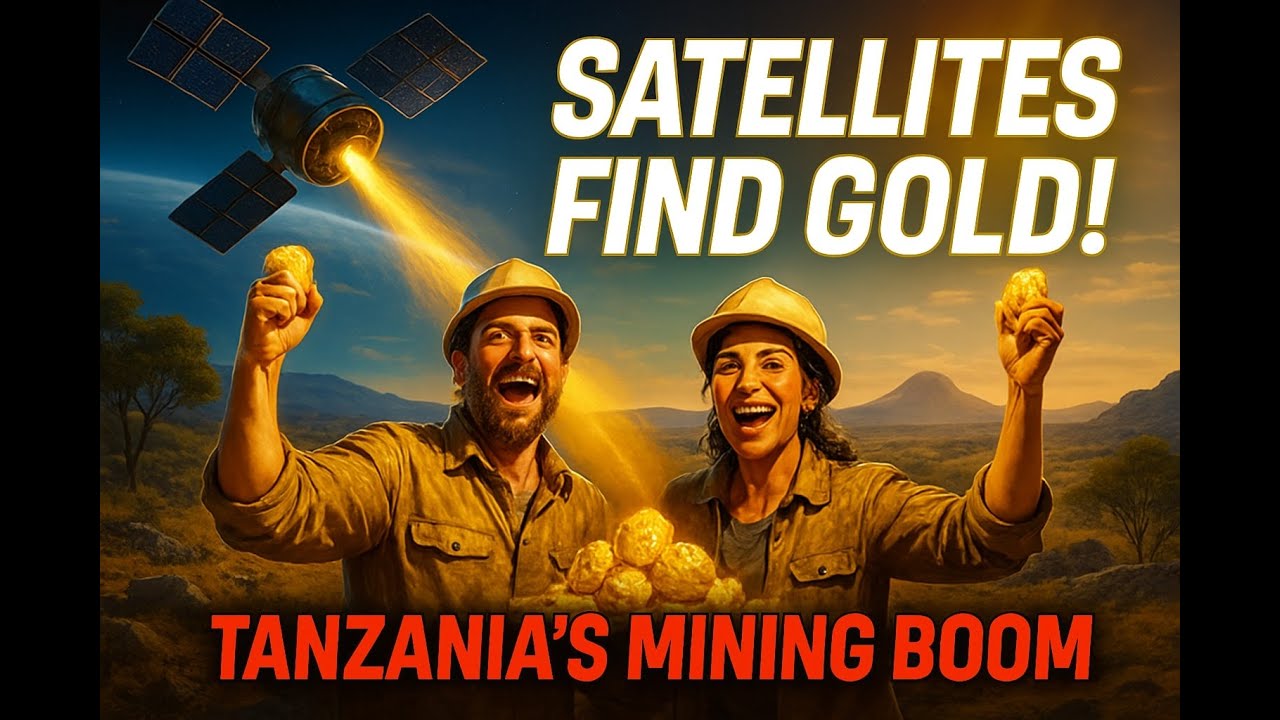Table of Contents:
- Introduction: The Legacy of the Biggest Diamond Found in the World
- Trivia: Cullinan Diamond
- Historical Context: When and Where Was the First Diamond Found in the World?
- Comparative Timeline Table: Diamond Discoveries and Mining Technology
- Significance of the Cullinan Diamond Discovery in South Africa
- Mining Advancements: From Past to 2025 and Beyond
- Trivia: Advanced Tech Efficiency
- AI, Satellite, and Sustainable Mining: The Industry in 2025
- The Future of Diamond Discovery: Challenges & Opportunities
- Farmonaut’s Role in Mining and Resource Management
- Implications for Global Industry, Economy, and Heritage
- Frequently Asked Questions
- Conclusion: The Enduring Fascination and Innovation in Diamond Discovery
- Farmonaut Subscription
Biggest Diamond Found in the World: South Africa’s Historic Discovery and the Technological Evolution of Diamond Mining
The discovery of the biggest diamond found in the world marks a historic milestone in mining and mineral exploration, with profound implications for the global diamond industry, economy, and human heritage. As of 2025, the record for the largest diamond ever found is still held by the Cullinan Diamond. This extraordinary gemstone was unearthed in 1905 in South Africa, weighing an astonishing 3,106 carats (more than 1.3 pounds). The Cullinan remains the benchmark against which all diamond discoveries are measured worldwide.
In this comprehensive exploration, we will retrace the journey of discovering diamonds, analyze the impact of Cullinan’s find on Africa and the world, and detail the geological and technological advancements that have revolutionized mining—culminating in the dynamic and sustainable mining industry of 2025 and beyond. We’ll also look toward the future: what new discoveries could look like, and how innovation continues to shape the global diamond industry.
“The Cullinan diamond, discovered in South Africa in 1905, weighed an astonishing 3,106 carats uncut.”
Historical Context: When and Where Was the First Diamond Found in the World?
The journey of diamond discovery dates back thousands of years, and the first diamond found in the world is documented to have originated in India about 4,000 years ago. These early diamonds were not mined from deep earth, volcanic pipes, but rather collected as alluvial deposits in riverbeds and along fertile shorelines. These precious stones fueled the initial global fascination with diamonds, with Indian diamonds being traded along ancient trade routes toward the Middle East and Europe.
-
Diamond Discovery in Ancient India:
- First documented about 4,000 years ago.
- Found as alluvial deposits in riverbeds along the Krishna, Godavari, and Penner rivers.
- Early diamonds were small but highly prized for their natural brilliance.
-
Primitive to Advanced Mining Methods:
- Simple panning and sifting techniques evolved into underground and open-pit mining as centuries progressed.
- Human understanding of diamond geology (kimberlite pipes, volcanic activity) triggered new exploration in Africa, South America, and eventually, Russia and Canada.
The first diamond found in the world sparked a legacy and fascination that has shaped human civilization for centuries—affecting wealth, art, and power.
Comparative Timeline Table: Biggest Diamond Found in the World & Mining Technology Advancements
| Year of Discovery | Diamond Name | Country/Location | Carat Size (Estimated) | Mining Technology Used | Notable Technological Advancements |
|---|---|---|---|---|---|
| 4,000 years ago | Indian Alluvial Diamonds | India (Krishna Delta) |
Small (1-10 carats) | Hand-sifting, Basic Tools | Discovery of natural alluvial deposits; gem selection by experience. |
| 1725 | Brazilian Diamonds | Brazil (Minas Gerais) |
Up to ~254.5 carats (Star of the South) | River panning, Wooden Sluices | Expanded alluvial prospecting; European trade booms. |
| 1867 | Eureka Diamond | South Africa (Hopetown) |
21.25 carats | Panning, Shallow Excavations | African diamond rush triggered; rise of industrial mining. |
| 1871 | Star of South Africa | South Africa (Zandfontein) |
47.69 carats | Manual mining, Early Shaft Sinking | Start of large-scale open-pit mining. |
| 1905 | Cullinan Diamond | South Africa (Premier Mine) |
3,106 carats | Industrial hand tools, Dynamite, Early Sorting | Discovery of kimberlite pipe geology, mechanized extraction. |
| 1985 | Centenary Diamond | South Africa (Premier Mine) |
599 carats | Hydraulic drilling, Ore Conveyors | Machine excavation, industrial-scale recovery. |
| 2015 | Lesedi La Rona | Botswana (Karowe) | 1,109 carats | X-ray transmission, Automated Sorting | Real-time scanning, digital recovery systems. |
| 2025 | Current Record: Cullinan Remains Largest | South Africa (Cullinan Mine) | 3,106 carats | Satellite monitoring, AI-driven geology, Drones, Blockchain tracing | Remote sensing, sustainable extraction, global real-time operations. |
Significance of the Cullinan Diamond Discovery in South Africa
The Cullinan Diamond—still the biggest diamond found in the world as of 2025—was discovered by Frederick Wells, surface manager at Premier Mine, just outside Pretoria, South Africa. His find stunned the global mining industry and instantly established South Africa’s reputation as an epicenter of significant geological resources.
- The Discovery: On 26 January 1905, Frederick Wells spotted a gleam in the mine wall and extracted a massive diamond crystal, weighing 3,106 carats.
-
Geological Significance:
- The Cullinan was found in a rich kimberlite pipe—unique geological formations created when magma from the mantle cools and hardens, carrying diamonds to the surface.
- Premier Mine (now Cullinan Mine) became a focus for global exploration after the find.
-
Symbol of Prestige:
- The largest gem cut from the Cullinan, the Cullinan I (“Great Star of Africa”), at 530 carats, was set into the British Sovereign’s Royal Sceptre, representing national pride.
- Other gems cut from the Cullinan remain part of the British Crown Jewels—a lasting symbol of the diamond’s enduring heritage.
-
Economic and Social Impact:
- Helped elevate South Africa as a leading diamond producer and a major player in both the African and global economy.
- Spurred development of mining technology and infrastructure, setting the stage for industrial and technological revolutions in the mining industry.
The Cullinan discovery redefined what was possible in diamond exploration, mining methods, and mineral heritage—with an influence that continues to ripple through the diamond industry of 2025 and beyond.
Want satellite-driven mining insights, geological advisory, or resource tracking? Access advanced monitoring for exploration and discovery with the Farmonaut Platform, now available via web, Android, and iOS.
For developers and technical integration: Our Satellite API and API Documentation provide tools for integrating real-time satellite observation and analysis, enhancing modern exploration and extraction workflows.
Mining Advancements: From the Cullinan Era to Global Innovations in 2025
The discovery of the biggest diamond found in the world acted as a catalyst for technological evolution—transforming both the industry and how mines are evaluated for potential diamond discoveries.
Early 20th Century: Manual to Mechanical
- Hand Tools to Mechanization: Early mining methods for Cullinan relied on picks, shovels, and basic dynamite. Soon after, mechanical drills and conveyors boosted productivity.
- Labor-Intensive Sorting: Workers manually examined ore for diamonds—a slow, imprecise method by today’s standards.
Late 20th Century: Industrial, Hydraulic, and X-ray Technology
- Hydraulic and Electric Drilling: Allowed deeper, safer extraction from South African kimberlite pipes.
- X-ray Recovery: By the 1980s and 90s, mines in Africa, Russia, and Canada used X-ray tech to separate rough diamonds from ore efficiently.
21st Century: Drones, Satellites, and AI Transform Discovery
-
Satellite Imaging & AI-Elite Analysis: In 2025, real-time satellite data, AI-guided geological models, and blockchain-enabled traceability have transformed diamond exploration. These innovations support:
- Remote, continuous monitoring of diamond indicators (kimberlite signatures, earth movements)
- Sustainable and efficient extraction with reduced human risk
- Data-backed compliance for governments—ensuring transparency in mining operations
- Autonomous Drones: Aerial and below-ground drones provide close-up surveys and reduce manual inspection needs for unsafe, deep earth mining.
Modern mining in 2025 stands on a foundation built by historic discoveries and continually evolves with each new technological leap.
“By 2025, advanced scanning tech increased the efficiency of diamond identification in mines by over 40%.”
AI, Satellite, and Sustainable Mining: The Industry’s Transformation in 2025
As the demand for diamonds remains high in both luxury and industrial markets, sustainable mining and cutting-edge technology have become the norm. Operations worldwide, from South Africa and Botswana to Canada and Russia, now embrace:
- Satellite-Based Exploration: AI-enhanced satellite imagery identifies mineral-rich regions and tracks geological changes on the earth’s surface.
- Blockchain Traceability: To ensure transparency in discovery and resource flow, blockchain-based traceability solutions track each diamond’s source, extraction, and journey to market—building trust and improving compliance.
- Reducing Environmental Impact: New methods focus on minimizing disruption to local habitats and include reclamation initiatives after mining ends. Advanced monitoring (such as real-time carbon footprinting) helps companies meet environmental standards.
- AI-Powered Sorting and Processing: Automated AI sorting lines quickly identify and separate valuable diamonds from surrounding ore—speeding extraction and minimizing waste. By 2025, efficiency has increased by over 40% compared to early 21st-century methods.
- Mines Expanding with Community Focus: Infrastructure investment ensures safe working conditions, local employment, and development—integral to meeting modern social and regulatory standards.
Satellite and drone mapping have become game-changers for mines located in remote or hazardous regions, reducing human risk and maximizing yield.
Optimize mining logistics and safety: Advanced Fleet Management for Mining streamlines vehicle and machinery usage, reduces downtime, improves safety, and boosts asset utilization across large-scale diamond operations.
Farmonaut’s Role: AI-Driven Satellite Monitoring and Mining Industry Transformation
We at Farmonaut recognize that technological innovation is the backbone of sustainable and intelligent diamond exploration. Our platform is designed to:
- Enable Satellite-Based Mining Insights: Our multispectral satellite monitoring tracks surface anomalies, vegetation changes, and site conditions to support informed exploration (NDVI, soil analysis, and integrity checks).
- Empower AI-Powered Operations: With Jeevn AI, we deliver real-time advisory and geological strategies, helping mining professionals and infrastructure managers increase extraction success while reducing risk.
- Offer Blockchain Traceability for Mining: Our blockchain-driven traceability tools assure buyers and regulators of the authenticity and ethical journey of high-value resources—crucial for luxury diamonds and industrial supply chains.
- Focus on Environmental Impact: Satellite-supported carbon footprinting and emissions data provide actionable metrics for mining corporations to implement sustainable, eco-friendly practices.
- Support Large-Scale and Individual Operations: Our solutions scale from national mining oversight to resource verification for individuals, financial institutions, and insurance providers (satellite verification for loans and insurance).
- Promote Accurate, Data-Driven Decisions: Through seamless integration (via API), mining enterprises can automate prospecting, monitor environmental impact, and ensure regulatory compliance.
By making advanced geospatial insights accessible and affordable, we help shape the future of mineral discovery, maximizing yield, transparency, and sustainability in mines across Africa and the world.
Implications for Global Industry, Economy, and Mineral Heritage
The biggest diamond found in the world does more than set size records; it illuminates how mining, geology, and technology shape economies:
-
Resource Wealth, National Prestige:
- South Africa’s Cullinan propelled the nation to a leadership role in the global diamond industry.
- Botswana, Russia, Canada—subsequent discoveries and ongoing exploration have brought national prosperity and stability.
-
Job Creation and Infrastructure:
- Mining supports thousands of jobs and creates spin-off benefits in transportation, power, and local businesses.
- Expanded infrastructure from the Cullinan era to today is supported by modern tools and sustainable methods, as seen in 2025.
-
Ecological and Social Responsibilities:
- Sustainable mining techniques help protect biodiversity and minimize negative impacts.
- Blockchain traceability, real-time environmental tracking, and community development now set the standard in diamond mining regions.
-
Industrial and Technological Impact:
- Diamonds are crucial beyond luxury: Used in scientific instruments, high-precision cutting tools, and next-generation electronics.
-
Heritage and Legacy:
- Historic finds like Cullinan and Lesedi La Rona remain sources of fascination, defining a region’s cultural legacy and sparking further exploration and discovery.
Manage and monitor remote regions with ease: Our platform also assists in crop plantation and forest advisory, ensuring ecological balance is maintained alongside resource extraction.
The Future: Will the Biggest Diamond in the World Ever Be Surpassed?
As of 2025, no discovery has yet surpassed Cullinan’s 3,106 carats. However, geology suggests more extraordinary gems could remain deep within Earth’s crust in regions that are only now being systematically explored with new technology.
- Frontiers in Exploration: Ongoing prospecting in underexplored terrains, especially in Africa, South America, and Arctic regions, is primed for breakthroughs thanks to satellite sensing and AI modeling.
- Deep-Sea and Remote Mining: Future discoveries may come from the ocean floor or hyper-remote land areas, enabled by drones, submersible robots, and satellite scouting.
- Synthetic and Industrial Diamonds: While synthetic production is expanding, the heritage and lore around natural, large-carat gemstones keep the demand for legitimate, natural diamond discoveries alive and strong.
- Sustainable, Responsible Mining: The future of gigantic finds will rest on balancing extraction with environmental protection—a goal now achievable thanks to satellite-driven carbon footprinting and transparent, blockchain-traced supply chains.
With data-driven exploration and global transparency standards in place, our ongoing journey is not just about the next record breaker, but about the ethical and sustainable stewardship of one of Earth’s most precious, enduring resources.
Frequently Asked Questions: Diamonds, Discoveries, and the Future of Mining
What is the biggest diamond found in the world as of 2025?
The record for the largest diamond ever found is held by the Cullinan Diamond, discovered in 1905 in South Africa. Weighing an incredible 3,106 carats uncut, it remains the benchmark for global diamond discoveries.
How was the first diamond discovered in the world?
The first diamond found in the world originated in India nearly 4,000 years ago. These were alluvial finds located in riverbeds, discovered using simple, manual techniques and traded across civilizations, setting the stage for the modern industrial diamond industry.
What are kimberlite pipes, and why are they important?
Kimberlite pipes are vertical, carrot-shaped volcanic formations that carry diamonds from deep within Earth’s mantle to the surface. Major diamond discoveries (including Cullinan) are often associated with these unique geological structures, making them targets for modern exploration and mining.
How has mining technology evolved by 2025?
Mining advancements now include satellite-based monitoring, AI-driven geological modeling, autonomous drones, and blockchain-based traceability. These have improved diamond identification, extraction efficiency, and sustainability—transforming the modern diamond mining industry.
What role do sustainability and carbon footprint tracking play in future diamond mining?
Sustainable practices now underpin the diamond industry, with tools like real-time carbon footprint monitoring allowing mines to minimize environmental impact and meet strict regulatory standards globally.
Could the current record for the biggest diamond found in the world ever be broken?
While no diamond matching Cullinan’s size has emerged since 1905, innovations in AI, satellite sensing, and deep-Earth mining may eventually reveal even larger stones—especially in underexplored regions of Africa and the ocean floor.
Conclusion: Legacy, Fascination, and the Path Forward in Diamond Discovery
From the first alluvial finds in ancient India to the monumental Cullinan unearthing in South Africa, the story of the biggest diamond found in the world exposes a journey rich in history, geology, and technological progress. The diamond remains not just a gemstone of immense value, but a symbol of how mining, innovation, and heritage can shape nations and inspire progress.
- As of 2026 and beyond, the Cullinan remains unmatched, yet the fusion of AI, blockchain, and satellite monitoring pushes the boundaries of exploration and sustainable mining in Africa and around the globe.
- Heritage and technology continue to evolve together, ensuring discoveries in the diamond industry reflect not just size, but also responsibility and vision for a sustainable future.
The journey to find the world’s next record-breaking diamond continues—rooted in history, and propelled by innovation.
Large-scale farm or remote region to monitor? Discover how Farmonaut’s Enterprise Tools offer scalable solutions for managing vast agricultural, mining, or ecological zones from anywhere.
Access Advanced Satellite, AI, and Blockchain Tools for Mining, Agriculture, and More
Ready to empower your mining and resource management with the latest technology? Farmonaut offers tailored subscription packages for individual users, mining companies, governments, and enterprises—making satellite-driven insights and environmental monitoring affordable and scalable for all.
Join the new frontier in diamond discovery, mining transparency, and environmental stewardship. The tools and insights you need to lead in 2026 and beyond are at your fingertips.













